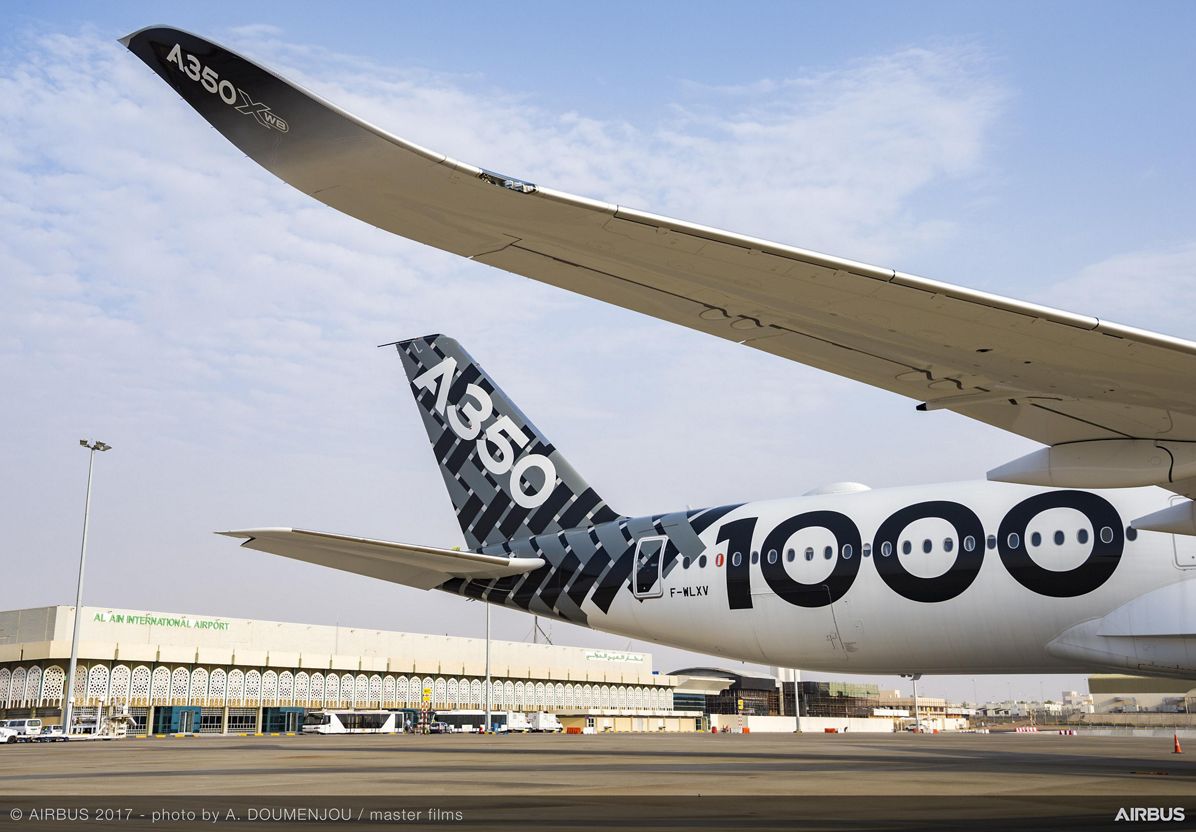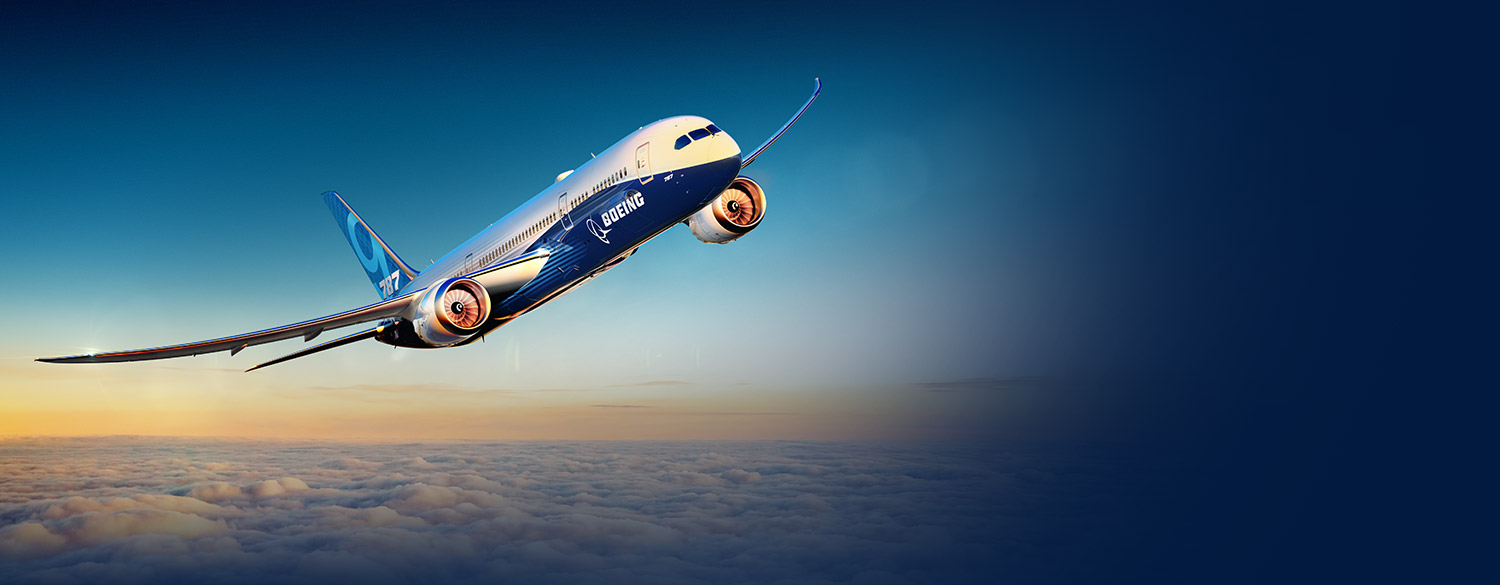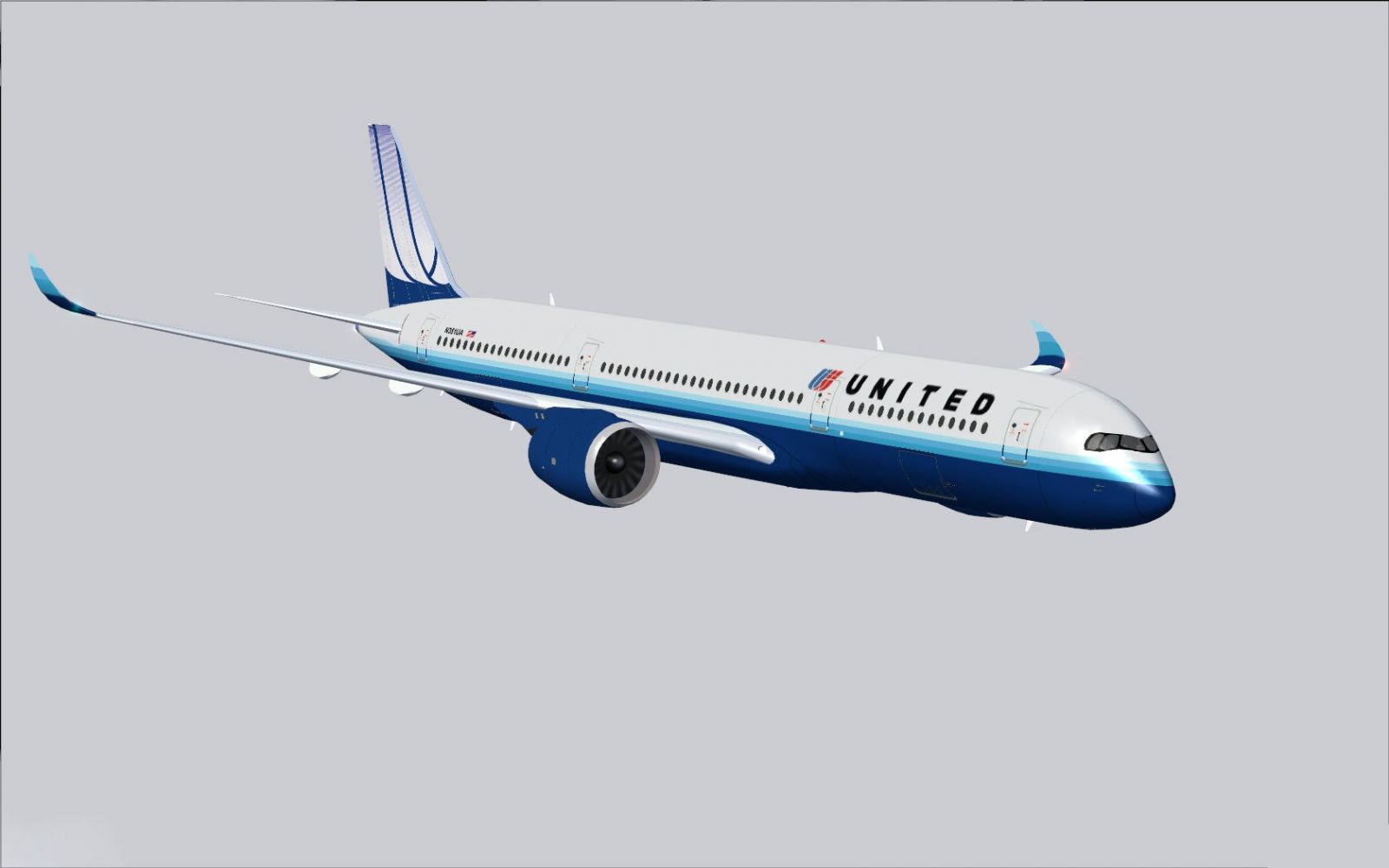Leeham News and Analysis
There's more to real news than a news release.
Airbus is working on a 7,000nm A330-900
By Bjorn Fehrm
Subscription Required
Introduction
September 28, 2017, © Leeham Co.: Airbus is working on increasing the range of the larger variant of the A330neo to 7,000nm. The present version, A330-900, flies 287 passengers 6,550nm, according to Airbus.
The range increase, which comes about from a take-off weight increase, is designed to make the A330-900 more of a competitor to the best-selling Boeing 787-9.
But the Airbus 7,000nm is not comparable to the 787-9’s 7,635nm with 290 passengers. The companies disagree on most principles on how to measure an airliner’s maximum range.
 We use our aircraft model to weed out the differences and tell what is the comparable capabilities of the new A330-900neo variant compared with its main competitor, 787-9.
We use our aircraft model to weed out the differences and tell what is the comparable capabilities of the new A330-900neo variant compared with its main competitor, 787-9.
Summary
- The A330-900 is capable of transporting 287 passengers 7,000nm when using Airbus rules.
- When using rules closer to the ones used by airlines, the range is shorter.
- We apply airline rules to A330-900 and 787-9 and compare their capabilities using our performance model.
Read more
VLA sector dead, Boeing claims, but Large Wide Body also struggles
Subscription Required
Introduction
Sept. 26, 2017, © Leeham Co.: Boeing declared the Very Large Aircraft sector dead in its most recent Current Market Outlook, removing the category entirely when the 2017 CMO was revealed at the Paris Air Show.

Airbus A350-1000. Sales are slow–is the 350-450 seat sector the next VLA? Airbus photo.
But the Large Wide Body (LWB) category appears to be on life support.
The LWB is 350-seats and above. This includes the Boeing 777-300ER, which is already on its way out, the 777-8, the 777-9 and the Airbus A350-1000.
The Medium Wide Body (MWB) category centers around 300 seats. This includes the A330-900, A350-900, 777-200LR and 787-10.
The Small Wide Body (SWB) includes the 787-8, 787-9, A330-200 and A330-800 in the 220-275 seat sector, twin-aisle aircraft. This does not include the 220-240 seat high density Airbus A321neo and Boeing 737-10 single-aisle aircraft.
Boeing’s CMO defines the twin-aisle markets differently: Small wide-body: <300 seats, Large wide-body: >300 seats.
Summary
- Airlines prefer smaller wide bodies.
- Downsizing trend begun with 787 continues.
- Smaller outsells larger in seven of last 10 years.
- Two of the three years involved extraordinary events.
Boeing’s bold ambition
Subscription Required
Introduction
Sept. 25, 2017, © Leeham Co.: The ambitious plan of Boeing CEO Dennis Muilenburg to grow after-market services from today’s $14bn in revenues to $50bn in 5-10

Stan Deal, CEO of Boeing Global Services.
years was announced nearly a year ago—Nov. 21.
Boeing Global Services, or BGS, combines separate operations in Boeing Commercial Airplanes and Boeing Defense, Space and Security (BCA and BDS respectively).
The growth depends on a combination of improving its current operations, growing organically and through mergers and acquisitions.
Wall Street aerospace analysts generally regard the timeline as ambitious.
In an interview with LNC, the CEO of BGS, Stan Deal, agreed.
Summary
- Muilenburg’s bold ambition.
- The next 100 years.
- Creating a value proposition.
Assessing the 25 YOA aircraft factor
Subscription Required
Introduction
Sept. 21, 2017 © Leeham Co.: Airbus and Boeing look ahead to 2021 and the next several years when wide-body aircraft begin turning 25 years old to spur orders for this sector.
Boeing specifically points to this period as one reason for the announcement last week that it will boost production of the 787 to 14/mo beginning in 2019.
Summary
- There already are 1.4 times more wide-body airplanes scheduled for delivery in 2021-2025 than there are aircraft turning 25 years old.
- The next surge in aging aircraft comes ~2030.
- Middle of the Market aircraft isn’t factored in.
Assessing the 787 production rate increase
Subscription Required
Introduction
Sept. 18, 2017, © Leeham Co.: Boeing last week announced it will take the production rate of the 787 from 12/mo to 14/mo in 2019.

Boeing 787-9. Source: Boeing.
The decision to do so was couched in a strong backlog and strong forthcoming demand by CEO Dennis Muilenburg at a Morgan Stanley conference.
But analysts think the move is more about boosting free cash flow and hitting margins than it is about demand.
Summary
- Boeing sees demand surging from 2019 for widebodies generally and the 787 specifically.
- Muilenburg says Boeing is working “skyline” positions in 2019 and 2020 (LNC saw these years as already filled).
- Widebody jets hitting 25 years old early next decade.
- Airbus concurs.
Assessing the United A350-900 order
Subscription Required
Introduction

United Airlines last week returned to the Airbus A350-900 it originally ordered. It will replace Boeing 777-200ERs beginning in 2022. Image via Google.
Sept. 11, 2017, © Leeham Co.: The deal last week between United Airlines and Airbus was a winner for the carrier and a mixed win for the OEM.
Boeing was also a mixed winner.
Summary
- United was in the best position to come out ahead, and it did.
- Airbus kept a high-profile US customer, but the A350-1000 program took a hit.
- Boeing’s strategy of putting 777-300ERs into United hurt the A350-1000, but UAL remained an A350 customer.
Costs for IAG’s low-cost airlines
By Bjorn Fehrm
Subscription required
Introduction
September 07, 2016, ©. Leeham Co: Yesterday we described International Airlines Group’s (IAG) Vueling and LEVEL LCCs. Now we look at their cost and compare these to the direct competition; Ryanair, easyJet, Norwegian and Eurowings.
 For Vueling and its competition, we have cost data from 2016 and 1H2017. For LEVEL, it’s too early. It started operations in June 2017. Here we compare the seat-mile costs of the chosen Airbus A330-200 to Norwegian Air Shuttle’s (Norwegian) Boeing 787-8.
For Vueling and its competition, we have cost data from 2016 and 1H2017. For LEVEL, it’s too early. It started operations in June 2017. Here we compare the seat-mile costs of the chosen Airbus A330-200 to Norwegian Air Shuttle’s (Norwegian) Boeing 787-8.
Summary:
- Vueling has higher operating costs than its direct competition, mainly caused by lower load factors and lower fleet utilization.
- At present fuel prices, the A330-200 used by LEVEL does not have a Direct Operating Cost (DOC) disadvantage compared with Norwegian’s 787-8.
Eurowings’ costs compared with the competition
By Bjorn Fehrm
Subscription Required
Introduction
August 31, 2017, © Leeham Co.: We presented Lufthansa Group’s LCC, Eurowings, yesterday. It’s an amalgamation of different companies; some started out as LCCs (Germanwings), others, the remains of defunct Legacies (Brussels Airlines).
The mix is spiced with leased-in parts of the non-Legacy, non-LCC Air Berlin. Can such a cocktail compete with the LCC specialists? We look at operational and financial data for Eurowings and its competition. How far from the competition is the costs today and will the outlined improvements close the gap?
We look at operational and financial data for Eurowings and its competition. How far from the competition is the costs today and will the outlined improvements close the gap?
Summary:
- Eurowings of today is not competitive on costs with equivalent LCCs.
- The announced changes up to 2020 will narrow the gap but not close it.




